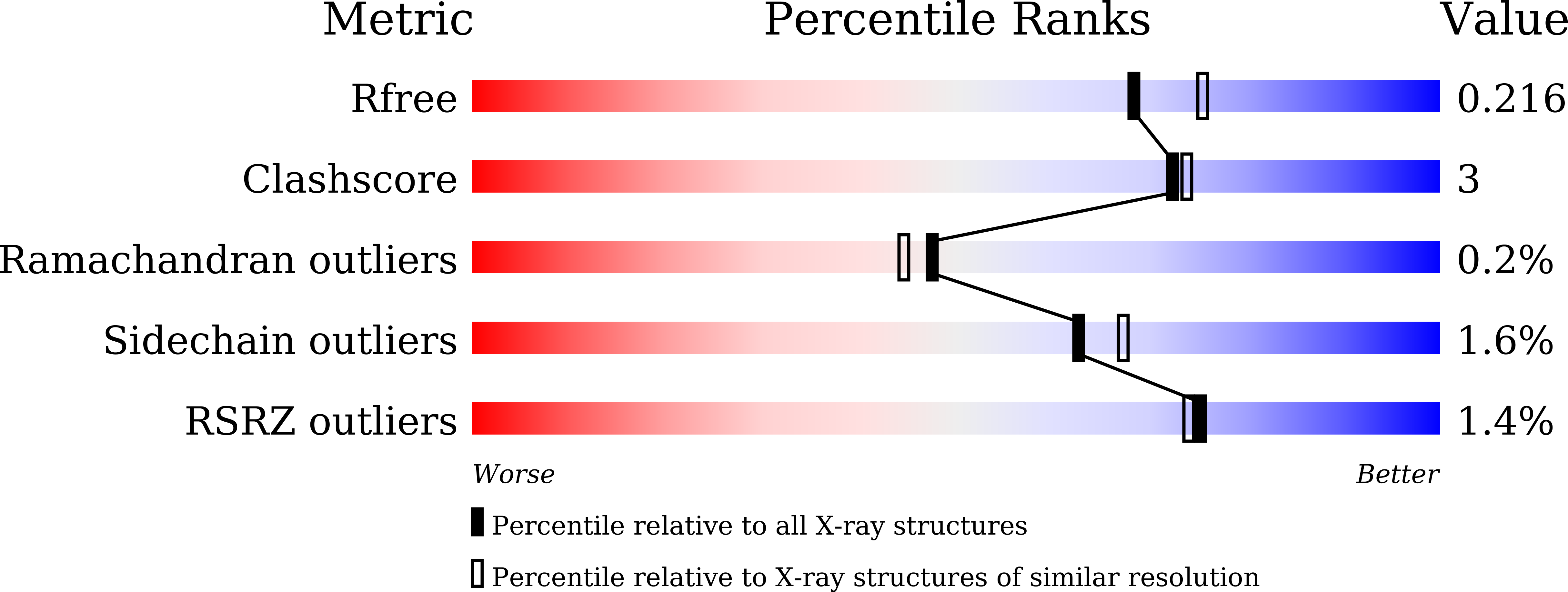
Deposition Date
2021-09-03
Release Date
2022-03-09
Last Version Date
2023-11-29
Entry Detail
PDB ID:
7VCP
Keywords:
Title:
Frischella perrara beta-fructofuranosidase in complex with fructose
Biological Source:
Source Organism:
Frischella perrara (Taxon ID: 1267021)
Host Organism:
Method Details:
Experimental Method:
Resolution:
2.00 Å
R-Value Free:
0.21
R-Value Work:
0.17
R-Value Observed:
0.18
Space Group:
P 61 2 2


